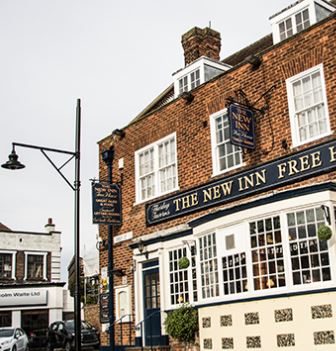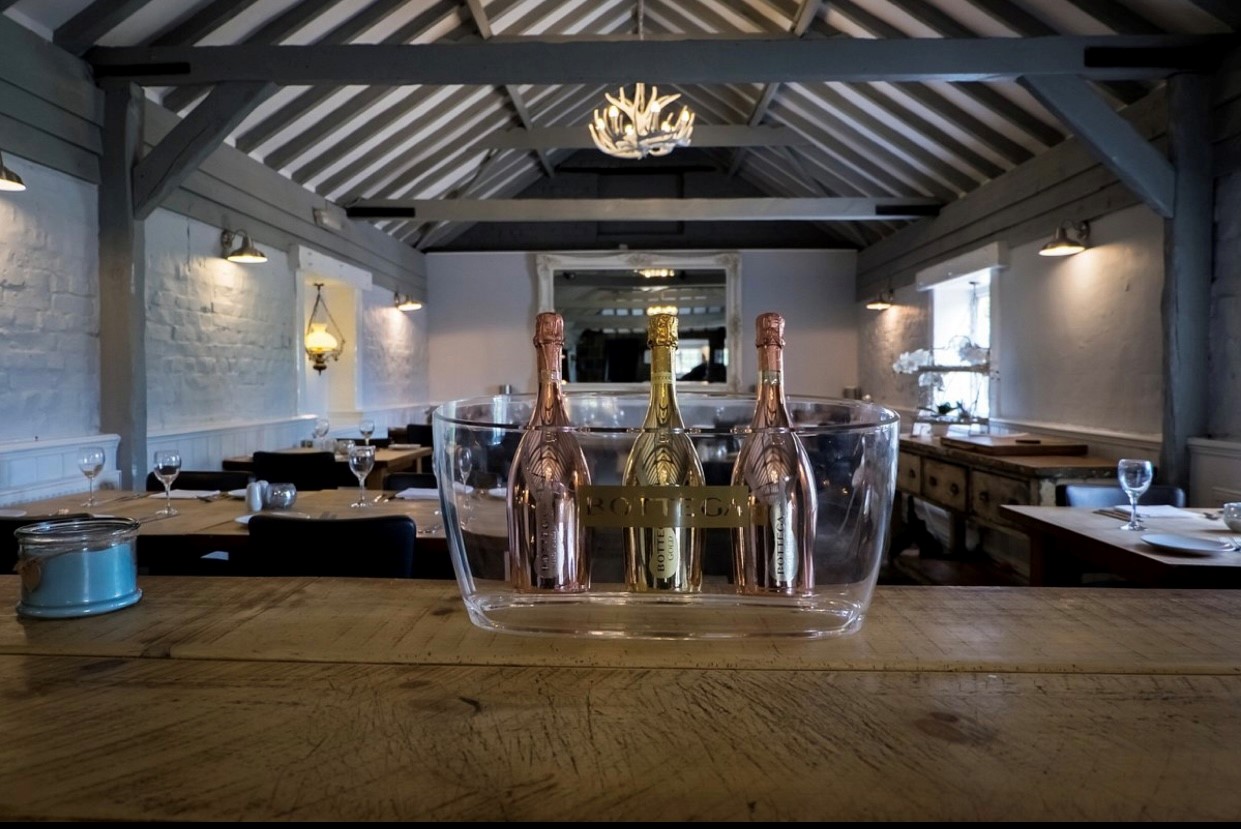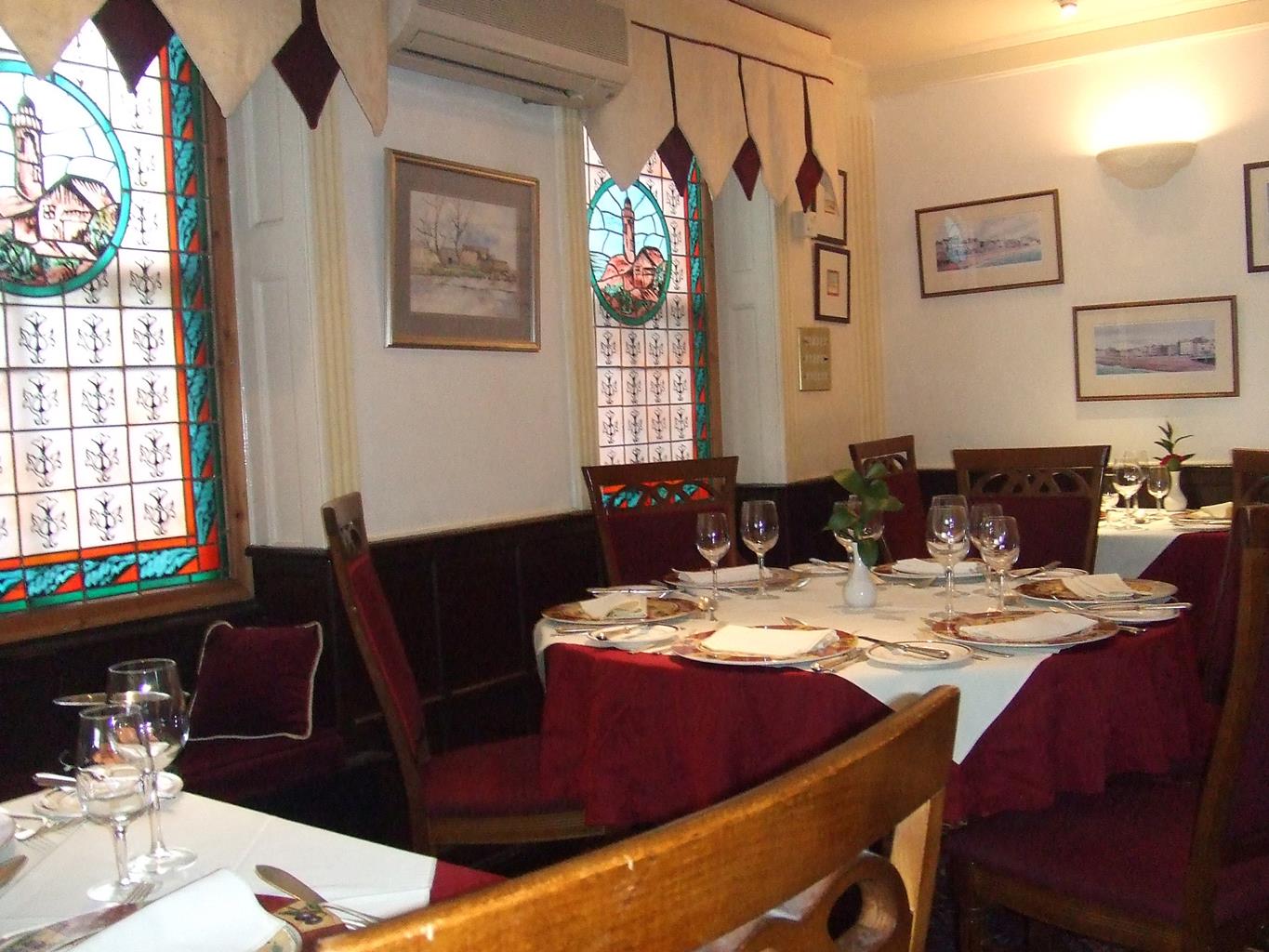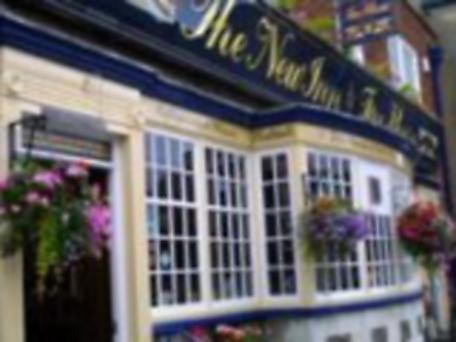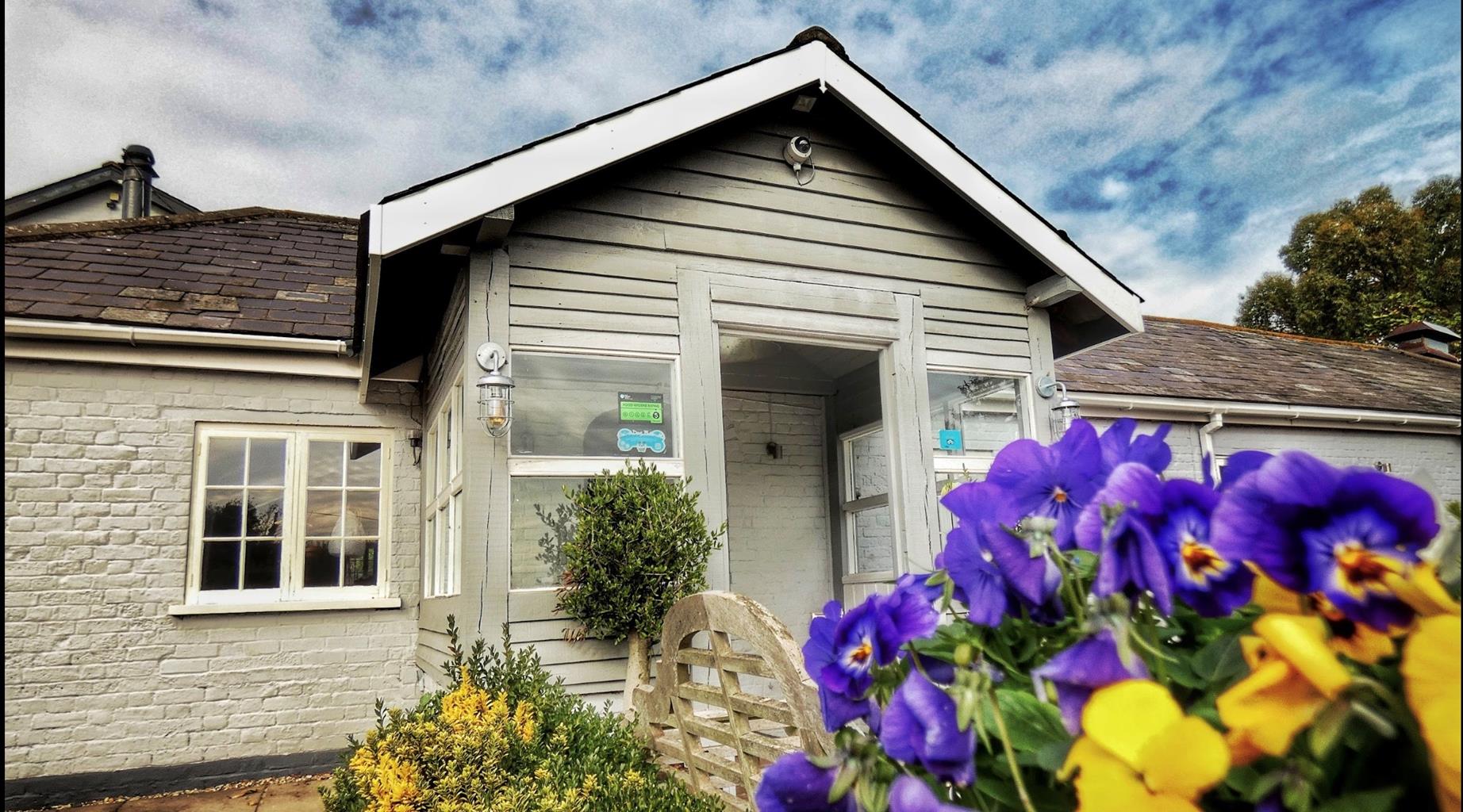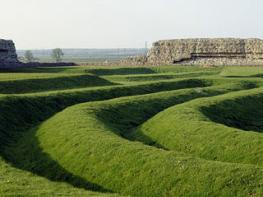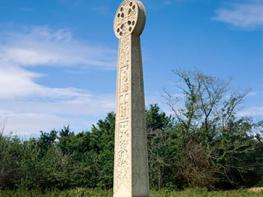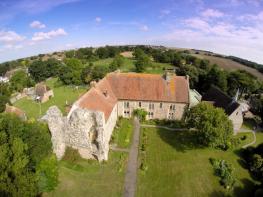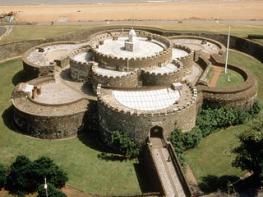The New Inn is situated in the heart of busy Sandwich. The large open-plan lounge bar offers an…
A stroll around Sandwich

9.25 miles (15kms)
About the walk
With its half-timbered houses and historic churches, Sandwich has a quiet English charm, the sort that makes you think of tea and scones and days gone by. It's hard to imagine these narrow streets echoing with the footsteps of raiders, smugglers and pirates. Yet Sandwich was once the most important port in England and was one of the original Cinque Ports.
The Cinque Ports (pronounced 'sink') was the name given to the confederation of five (later seven) important ports on the southeast coast that guarded England in the days before there was an official navy. Hastings, New Romney, Dover, Hythe and Sandwich, together with Rye and Winchelsea, were important fishing and trading centres. This meant that they had plenty of men and ships that the king could press into service, whether his family wanted free transport to Europe or to gather a force to repel invaders. It was convenient for the monarch – and in those days no one would argue. Sandwich was of importance as it occupied a strategic position on the coast, and was frequently raided by the Danes and the French.
The tradition began with the early Saxons and was well established by the time of Edward the Confessor (c.1003–1066), who made use of Cinque Port ships. By the 13th century, the towns had become so important to England that they were formally granted rights and privileges. These included freedom from taxes and customs duties, some trading concessions, and even their own courts. In return, each town had to supply a quota of men and ships whenever required. It was a pretty good deal and provided opportunities for merchants and traders to make money. The Cinque Ports became some of the richest and most powerful centres in Europe.
The quay at Sandwich, now so quiet, would have bustled in those days as fighting men embarked for Europe, and ships laden with valuable cargoes of silks, spices and wine were unloaded. It would have been intimidating too, for smugglers and pirates operated from here, attracted by the rich pickings on offer. All the ports had a violent reputation. However, their power and influence was not to last.
A terrible storm in 1287 permanently altered the coastline. The sea began to retreat and the harbour at Sandwich, and other ports, eventually became so choked with silt that they could no longer be used. After a permanent navy was established, the privileges of the Cinque Ports were revoked and Sandwich sank back into relative obscurity.
Walk directions
Walk along the river bank away from the town, following the line of the old wall. At a bend in the river, turn right along a tarmac path to the road. Turn right, then left and continue along the path, passing the bowling green. Turn right down steps into Mill Wall Place. At the crossroads, go ahead along King Street, passing St Peter's Church and turn left along No Name Street. Cross New Street to the Guildhall, walk through the car park and up to the Rope Walk, where rope makers used this long, straight area to lay out their ropes.
Turn right and, when you reach the road, cross over and walk down The Butts. At the main road turn left, cross over and turn right up Richborough Road.
Walk ahead, past a scrapyard, and go through a gate to join a footpath on the right. Follow the track round, under the main road and turn left to cross the railway line, with caution, via stiles.
Cross the road, go through a kissing gate, then walk across the field to the trees maintaining direction and heading for the sixth telegraph pole from the road. The path now plunges into the trees and up a wide path. Where it splits, fork right and go through the trees to a gate. Now follow the fence line and turn right at the marker beyond a ditch to reach a gate. Walk up the left-hand field-edge and go through three gates to reach the road.
Cross over and walk up the track ahead. Richborough Fort is ahead. The track runs around the fort with expansive views over this seemingly endless landscape. At the bottom of the track turn right along the end of a garden. Cross the stile and back over the railway, leaving it by another stile. The path now goes immediately right, over a bridge and back beside the river. You will eventually rejoin the road, and retrace your steps to the end of Richborough Road where you turn left.
Go left through a kissing gate, pass the Nature Reserve and go round the edge of a recreation ground. Bear right through trees and pass a car park to reach Strand Street and turn left. Go left in front of The Bell Hotel. [Directions to be altered from here as we are adding in the extension.]
Walk in an easterly direction along the river bank path and bear left across a footbridge. Follow the tarmac path, keeping left at a fork to follow the Stour Valley Walk close to the river. Cross a sluice gate to the road, turn left and take the footpath right over a stile.
Keep to the well-defined and waymarked path across rough pasture, aiming towards the right-hand edge of the line of trees ahead. Cross a stile and continue between golf courses and keep ahead on merging with a track. At a ruined building, turn right to a car park, where you bear left to follow a rough track close to the shingle beach at Sandwich Bay.
At the next small parking area and toilets, take the footpath (Saxon Shore Way) right through a gate. Follow the yellow-topped stone marker posts across Royal St George's Golf Course. Founded in 1887, this famous links course has hosted numerous Open Championships, with such famed winners as Walter Hagan, Bobby Locke and Sandy Lyle.
Follow the path to the right of the clubhouse, cross a road, and continue along the Saxon Shore Way, crossing a footbridge to join a narrow tarmac path between fields. Keep to this path, eventually joining your outward route back to the Quay and the car park.
Additional information
Easy town streets and field tracks, several stiles
Townscape, salt flats, golf course and beach
Pretty good, can run free in some sections
OS Explorer 150 Canterbury & the Isle of Thanet
Car park (fee) at Sandwich Quay
New Street and the Quay, Sandwich
WALKING IN SAFETY
Read our tips to look after yourself and the environment when following this walk.
Find out more
Also in the area
About the area
Discover Kent
The White Cliffs of Dover are an English icon – the epitome of our island heritage and sense of nationhood. They also mark the point where the Kent Downs AONB, that great arc of chalk downland stretching from the Surrey Hills and sometimes known as ‘the Garden of England’, finally reaches the sea. This is a well-ordered and settled landscape, where chalk and greensand escarpments look down into the wooded Weald to the south.
Many historic parklands, including Knole Park and Sir Winston Churchill’s red-brick former home at Chartwell, are also worth visiting. Attractive settlements such as Charing, site of Archbishop Cranmer’s Tudor palace, and Chilham, with its magnificent half-timbered buildings and 17th-century castle built on a Norman site, can be found on the Pilgrim’s Way, the traditional route for Canterbury-bound pilgrims in the Middle Ages.
In the nature reserves, such as the traditionally coppiced woodlands of Denge Wood and Earley Wood, and the ancient fine chalk woodland of Yockletts Bank high on the North Downs near Ashford, it is still possible to experience the atmosphere of wilderness that must have been felt by the earliest travellers along this ancient ridgeway.
Nearby stays
Restaurants and Pubs
Nearby experiences
Recommended things to do
Why choose Rated Trips?
Your trusted guide to rated places across the UK
The best coverage
Discover more than 15,000 professionally rated places to stay, eat and visit from across the UK and Ireland.
Quality assured
Choose a place to stay safe in the knowledge that it has been expertly assessed by trained assessors.
Plan your next trip
Search by location or the type of place you're visiting to find your next ideal holiday experience.
Travel inspiration
Read our articles, city guides and recommended things to do for inspiration. We're here to help you explore the UK.

